The atheists, like the royal scientist R. Dawkins, would have us believe that the Bible is not true. They describe it as a corrupt compilation of the writings of a small band of Middle Eastern nomads with absolutely no relevance for us in our time. They even reject the standard of morality it teaches. They ascribe the entire biblical message to a pagan, mythological origin. Paradoxically, and regrettably, various theologians in nominal Christianity today assimilated many of these concepts of criticism espoused by the atheistic community. Some of them reject Darwinism but not heliocentrism. But where are the roots of modern Science?
Philosophy Behind E=mc²
Plato's dogmas: The soul of the world was diffused everywhere from the center to the circumference . God has the form of a globe. In Timaeus the ever-present image of space is transferred to time – succession is conceived as extension i.e. time is another dimension. The idea or pattern of the world is not the thought of God, but a separate, self-existent nature, of which creation is the copy. Mathematical abstractions, stripped of qualitative difference are in space but not in time; they are makers of time and may be compared with the modern conception of laws of nature.
“One can today easily demonstrate that there can be no valid derivation of law of nature from any finite number of facts; but we still keep reading about scientific theories being proved from facts. Why this stubborn resistance to elementary logic?” (Imre Lakatos, Science and Pseudoscience). Newton himself thought that he proved his laws from facts. Kaufmann, a distinguished physicist, refuted Einstein’s relativity theory in the very year it was published.
The Hindu term brahman is a neuter noun which means energy. One recalls that Akhenaten made solar heat his god, and called it “One”. Brahman is no deity; deities are personifications of aspects of brahman, consubstantial (sakyamuni) with Brahman. The word brahman was used in different senses; it had the wider meaning of “holy word”, “sacred knowledge”, “incantation” with the implication in this last case of the presence of magic powers.
Nebertcher, the Egyptian god who was the “Lord of the uttermost limit of the universe” says: “I uttered a spell over my heart (or, mind), in which I laid the foundations with strict exactitude of everything that made afterwards.” This looks remarkably like the Platonic Logos.
In the New Testament, the Gnostic doctrine of the Word-Logos, at the beginning of all things seemed to many, including St. Augustine (“Confessions” 8:13), to have direct affinities with Heraclitus, with Plato, and with the doctrines of the Stoics who, termed their principle of theology both Logos and God. Again, the Stoic tradition and theology were influenced by the use of the word OM in the Hindu religion which, early became synonymous with brahman, but later it was spelled Aum (the Russian 'um' (mind) is derived from this term) , and it was taught that it represented the triple nature of cosmos: the Absolute, the Relative and their mutual relation.
One Upanishad of 500 B.C. asserts that the entire creation was derived from the OM (Cf John 1:3: “All things were made by it” i.e. The Word, Mind). The analogy with the New Testament is even more striking when one remembers that OM is often called “the oldest Son of Brahma.” This doctrine lies behind the Bar Elahin (Son of God) born of fire in the furnace wherein the Persian king (like Ahmadinejad) threw three friends of Daniel. This Bar Elahin could be compared to astronauts traveling through the thermosphere which transformed them into Uebermenschen which I elaborated in Blogs4Brownback. Behind the Bar-Elahin story there looms the Salamder myth about that legendary animal that originates from a fire of myrtlewood kept burning for seven years. Possibly this myth inspired the ritual of the Vestal Virgins keeping the sacred fire burning for ever.
According to the New Roman catechism “fire” symbolizes the transforming energy of the Holy Spirit, the same fire which Jesus said he had come to cast upon the earth and which came to rest upon the infant Church at Pentecost, the very same fire which Paul urged the Thessalonians not to extinguish – for it is none other than the Holy Spirit Himself (#696). In physical terms fire is the basic element that becomes all things.
The Egyptian idea of the sun traveling across the heavens is closely linked to the seasonal death and revival of food crops and other plants. The sun burns plants to a crisp and it brings life. Another example is the mythic bird, the phoenix, which, in order to be reborn, needs to enter into the fire on a regular basis and be totally consumed, or purified, by the fire.
The pharaoh Akhenaten praised the sun in his “Hymn to Aten”: “Your rays envelop the lands as far as you all have created...You who bring children into being in women, and made fluid into mankind...” (Cp. Darwin's “little warm pond”)
So the fiery principle of Heraclitus belongs to mythology; Apollo was called Eleleus because he orbited in a collected mass of fire. The first principle alternately creates the world from itself and again itself from the world, and all things, Heraclitus says, are an exchange for fire, and fire for all things, as goods are for gold and gold for goods.” (Plutarch, On the E at Delphi 388DE).
Heraclitus was a Einstein of antiquity; his equivalence of fire and things matches Einstein's equivalence of energy and matter as expressed in his famous equation E=mc². The phoenix-like character of matter reborn from its “ashes” (energy) was allegedly proved in atom smashers in which the energy released in the collision transforms itself into new subatomic particles.
Heraclitus also invented “atom smasher”; his sun was a bowl in the sky, its concave surface toward us. Fiery vapors from the earth gathered there and burned themselves out. The world on the upward way gives us summers and, winter are converse movements. This closed cycle contains the image of death and rebirth of vegetation like in the famous parable of St. Paul: “...When you plant a seed in the ground it does not sprout to life unless it dies.” (1 Cor 15:36). This parable was inspired by Kata Upanishad 1:8: Like corn decays the mortal, like corn is he born again. Juvenal in his Satire XV ridiculed the Egyptian belief in these words: “At first Sin got to Egypt, and did sow gardens of gods, which every year did grow.”
Prof. A. Sakharov's Solar Phoenix
The Soviet physicist “proved” that the sun is an immortal god in his dogma of the “solar phoenix”, or strictly materialistic principle of the “spontaneous resurrection of energy (brahma) such as takes place in the sun's core.” And this scientific dogma explains the strange Latin expression "resurrexit” (“he has risen again”) which in nonscriptural references is used almost invariably and surrectio (“risen”) hardly ever. Resurrectio suggest natural process repeating itself time and again and not a “historical fact” as exemplified by the risen Jesus. The term resurrectio mirrors Plato’s cosmology which was cyclic, with periodic destruction and recreation of the universe in conjunction with various astronomical events. Sakharov wanted to undo Patriarch Nikon’s reform who in the 17th century dropped the part of the phrase concerning sanctification “by the Holy Spirit and by fire” because “fire” did not have sufficient textual warrant, and this offended those who believed that the Holy Sprit was Himself fire according to the Aryan dogma. Prof. Sakharov was a true Aryan “jamad-agni”, or a sage who knows the identity of god and fire.
In the 11 October 1988 issue of the Russian-language newspaper Youth of Estonia A. Sakharov gave what was to be the most revealing interview in his life. He reminded the words of A. Eichmann about the “ecstasy of his realizing that to him and him alone, the simple son of a German villager, should fall the lost of carrying out so great a project.” It sounded like rehabilitation of the Nazi policy of genocide. On March 16th,each year Latvia (one of the three Baltic States, a former member of the Soviet Union) celebrates the establishment of the 15th and the 19th Latvian Waffen SS divisions. SS veterans and their young followers traditionally march along the streets of Riga, the nation’s capital.
On Feb. 9, 1989, A. Sakharov traveled to Italy where he spent more than an hour in private audience with the Pope John Paul II and received an honorary doctorate in astronomy from the University of Bologna. Rector of the University said on this occasion: “Not by chance has he (Sakharov) been placed in the company of Copernicus, of Galileo and of Giordano Bruno. Not by chance is the book chosen for the laureation of A. Sakharov The Dialogue of the Two Greatest Systems by Galileo: a choice meant to recall the spirit of liberty…” Or I would say, license to kill the remaining Jews...
A. Sakharov's Solar Phoenix went hand in hand with John Paul II's new Christianity centered on the Nicene Creed as he expressed it in his booklet Crossing The Threshold of Hope:
“This so-called Apostles' Creed is the expression of the faith of Peter and of the whole Church. Then beginning in the fourth century the Nicene-Constantinopolitan Creed entered into catechetical and liturgical use, enriching her teaching. It enriched that teaching thanks to the increased awareness which the Church gained as she progressively entered into Greek culture and more clearly realized the need for ways of presenting her doctrine which would be adequate and convincing in that cultural context.”
In the opinion of a Jewish historian Shmuel Golding expressed in his online article titled Anti-Semitism in the New Testament: “What was started at the Church Council at Nicea in 325 CE was duly completed in the concentration camps and crematories of Christian Germany where six million Jews perished.”
The Nicene Creed turned the Jewish Jesus into a god consubstantial (Homoousios) with God-Creator of the Hebrew Bible. It turned Personal God of the Bible into a pellet of matter or substance according to the perennial teaching of the Aryan Theosophy, as expressed by Helen Blavatsky i her Secret Doctrine:
“The fundamental Law in that system, the central point from which all emerged, around and toward which all gravitates, and upon which is hung the philosophy of the rest, is the One homogeneous divine SUBSTANCE-PRINCIPLE, the one radical cause... It is called "Substance-Principle," for it becomes "substance" on the plane of the manifested Universe, an illusion (Maya), while it remains a "principle" in the beginningless and endless abstract, visible and invisible SPACE. It is the omnipresent Reality: impersonal, because it contains all and everything. Its impersonality is the fundamental conception of the System. It is latent in every atom in the Universe, and is the Universe itself. (See in chapters on Symbolism, "Primordial Substance, and Divine Thought."). Blavatsky was a typical Aryan jamad-agni i.e. a human being who knows the identity of god and fire.
An early Church Father expressed his critique of this Creed as follows: “If your affections were set upon spiritual and intellectual good, instead of material forms, you would not pay homage to the material sun as a divine substance, and as the light of wisdom, which every one knows you do, though I now only mention it in passing...Your worship of the sun and moon has the true Gentile flavor. You are none the less in the wild olive of the Gentiles, because you have added thorns of a new kind, and worship along with the sun and moon a false Christ, the fabrication not of your hands, but of your perverse heart.”
The Greek word Phoenix... derived from the Egyptian word PA-HANOK, meaning... " The House of Enoch", suggests these regular cataclysmic changes... act as an evolutionary agent... provocateur... to quicken... the resident life forms.. to the next evolutionary phase.. prior to exodus.. from the womb planet.
In his The God Delusion R. Dawkins wrote: Jesus was consubstantial (i.e. of the same substance or essence)with God. What on earth could that possibly mean? Substance? Terry Eagleton observed: "Imagine someone holding forth on biology whose only knowledge of the subject is ‘The Book of British Birds’, and you have a rough idea of what it is to read Richard Dawkins on theology." Newton's identification of gravity with the spiritual body of Jesus Christ in his De Aere et Aethere belongs to similar theology.
The Nicene Creed made it possible for the chauvinistic Roman Popes to interpret the Christian dogma of resurrection in terms of Stoic philosophy of Heraclitean fire rather than as an act of YHWH raising “his Son from the dead”. This creed made it also possible to depict Jesus in an uniform of Roman legionary rather than in a garb of a Jewish rabbi.
Saint Clement I, also known as Pope Clement I, Saint Clement of Rome, or Clemens Romanus, was the fourth Pope and Bishop of Rome and is considered the first Apostolic Father of the early Christian church. There are only two extant Greek texts of 1 Clement. The oldest is in Codex Alexandrinus, which dates to the 5th century. For him it was the mythic phoenix which was the proof of resurrection and not Jesus as described in the Gospels:
"Let us understand, dearly beloved, how the Master continually showeth unto us the resurrection that shall be hereafter ...
Let us consider the marvelous sign which is seen in the regions of the east, that is, in the parts about Arabia.
There is a bird, which is named the phoenix. This, being the only one of its kind, liveth for five hundred years; and when it hath now reached the time of its dissolution that it should die, it maketh for itself a coffin of frankincense and myrrh and the other spices, into the which in the fulness of time it entereth, and so it dieth.
But, as the flesh rotteth, a certain worm is engendered, which is nurtured from the moisture of the dead creature and putteth forth wings. Then, when it is grown lusty, it taketh up that coffin where are the bones of its parent, and carrying them journeyeth from the country of Arabia even unto Egypt, to the place called the City of the Sun; and in the day time in the sight of all, flying to the altar of the Sun, it layeth them thereupon; and this done, it setteth forth to return. So the priests examine the registers of the times, and they find that it hath come when the five hundredth year is completed.
Do we then think it to be a great and marvelous thing, if the Creator of the universe shall bring about the resurrection of them that have served Him with holiness in the assurance of a good faith, seeing that He showeth to us even by a bird the magnificence of His promise?" – The Epistle of St Clement to the Corinthians
According to Tertullian (Demurrer Against the Heretics 36 and 32:2) Clement was ordained by Peter.
In the Gnostic document entitle Revelation on Pistis Sophia, the Phoenx, which periodically puts itself to death (like Jesus) and resurrects, is said to have been created as a witness for the iniquitous judgment passed upon Adam by the Archons. (Jean Doresse, The Secret Booksa of the Egyptian Gnostics.1986, p.169)
Tha Acta Diurnia or “Daily Gazette” chronicled events both momentous and trivial in Rome and the empire. Pliny drew on the acta for a number of the oddities he records in his Natural History. Some events reported in the Acta were too far-fetched even for the credulous Pliny to swallow, however, and he treats them with caution. The reputed sightings of a phoenix was one of these. (www.com.washington.edu/program/c)
Stoicism and its Big Bang
The Stoics translated the pheonix myth into their philosophical jargon.. Stoicism consider the universe on a path to conflagration.The end of the human history will meet its doom in a massive conflagration that will cause all things to return to their original state, exactly like the phoenix does. What makes the association with Christianity more interesting is the tag at the end of Cicero's note on the subject when he declares that there will b e a conflagration so that “once again a new world may be created and the ordered universe be restored as before” (Early Stoic Physics, SVF II, 593). The same philosophy lies behind Big Bang.(Cp. The idea of a new earth in the New Testament)
The Stoic teaching that fiery breath (pneuma) infusing the physical body reverberates in Jesus' saying that The kingdom of heaven is like unto leaven, which a woman took, and hid in three 'measures of flour, till the whole was leavened.' (Lk 13:20-21). The Stoics contrasted soul and matter. These two principles are the active and passive. Matter is identified with the passive principle. Its complement, the active principle, is reason (LOGOS) or God and is held to extend through matter providing it with motion (like leaven in flour), form, and structure. Both principles are bodily or corporeal principles, but neither exists in isolation. Pneuma was the “creative fire” of the cosmos, a pyr technikon. It had the status of divinity, and was equated with both god and cosmic reason.
According to the Gospel of Matthew ( Matthew 27:60), the garden and tomb were the private property of Jesus’ wealthy uncle, Joseph of Arimathea. Some said that Joseph was the uncle of Vigin Mary and therefore of Jesus. He was well placed as Nobilis Decurio, a minister of mines for the Roman empire, with direct access to Pilate himself.
Described as one who was “looking for the kingdom of God,” Mark 15:43. all four Gospels agree that Joseph was a member of the Sanhedrin which is the way bouleutēs, literally "counsellor", in Matthew 27:57 and Luke 23:50 is often interpreted, and a secret disciple of Jesus. (John 19:38) Scholars suggest his private garden and Jesus’ tomb was likely the Garden of Gethsemane, a favorite gathering place of the disciples with a clear view of the Temple on Mount Moriah or Sion (or Zion, the ancient name for Jerusalem).
When Pilate allowed Joseph's request he immediately purchased fine linen (Mark 15:46) and proceeded to Golgotha to take the body down from the cross. There, assisted by Nicodemus, he took the body and wrapped it in the fine linen, sprinkling it with the myrrh and aloes that Nicodemus had brought (John 19:39). Remember, the phoenix “maketh for itself a coffin of frankincense and myrrh and the other spices...” In other words, the elements of the Phoenix Myth were smuggled into the Gospels according to the needs of political expediency.
Moses Thrashes Big Bang, or the Phoenix Myth
The Vedic god Surya was a solar bull. According to the Assyrians, the bull was born of the sun. So, Moses took the calf, which they had made, and burnt it with fire, and ground it to powder, and scattered it upon the water, and made the people of Israel drink it. (Ex. 32:20). Then Moses said to Aaron, “What did this people do unto thee, that you hast brought a great sin upon them?”
Moses posed a direct question to the high priest, who led the people astray in their wickedness. It is written: thou shall not follow a multitude to do evil (Ex. 23:2). Here, Aaron has immediately done exactly that. Note Aaron’s response:
“And Aaron said, 'Let not the anger of my lord burn hot; you know the people, that they are set on evil. 23 For they said to me, `Make us gods, who shall go before us; as for this Moses, the man who brought us up out of the land of Egypt, we do not know what has become of him.' 24 And I said to them, `Let any who have gold take it off'; so they gave it to me, and I threw it into the fire, and there came out this calf." (RSV Exodus 32:22-24 22) Why gold? Well, Egypt was rich in gold, which was valued for its beauty and because it was believed to be of the flesh of the sun god. So this calf came out of the fire exactly like Daniel's Bar Elahin came out of the fiery furnace, because m=E/c².
Evolving Bull
In later Jewish folklore the Biblical story was supplemented with remark that the “calf was walking by itself and grazing in the pasture.” (See, Pirqei deRabbi Eliezer 25: “Satan entered it and mooed in order to misled Israel.”).. As a result of its relentless evolution the golden calf mutated to a Moses of the British Israelites, aka John Bull wearing Union Jack with the Babylonian solar cross on his chest.
In the Bible the "wise king Solomon" is portrayed as "whoring after" the Tyrian fire and sun god Moloch/Molech/Baal. In reality, the ancient Israelites abandoned YHWH and worshiped many gods, including Moloch, to whom their children were immolated. In fact, the priesthood of Moloch is that of Melchizedek ("Righteous Moloch"), a mythical character who in the Bible is given authority over not only Abraham but Jesus. Hence, the cult of Moloch is to reign supreme behind the scenes. One could say, Solomon was an early Einstein, or jamad agni knowing the “identity of god and fire”.
In Jeremiah 19:5-6 we read, “They have built also the high places of Baal, to burn their sons with fire for burnt offerings unto Baal which I commended not, nor spake it, neither came it into my mind: Therefore.... this place shall no more be called Tophet, nor the valley of the son of Hinnom, but the valley of slaughter.” Incidentally, the Palestinian Authority put the god Baal on their postage stamp, most likely to justify, religiously, sacrificing their child suicide bombers.
Christianity has its high priest, “a priest forever, after the order of Melchizedek.” A new and different priesthood arose, for Jesus was of the tribe of Judah, and in his becoming a priest, the line of Levi and Aaron was set aside. That a new covenant had come into being is evident from God's oath, “Thou art a priest forever.” Melchizedek, like Christ, was without a father or a mother or a genealogy. Here Hebrews is protesting against the genealogies in Matthew and Luke. But a similar sentiment is found in another late writing, 1 Timothy 1:4 (“Neither give heed to fables and endless genealogies...”) and the latest of the Four Gospels avoids the genealogy. The Jewish priests, being mortal, were not perfect.
The name “Cannibal” (cahna Baal) is another word which means “Baal Priest.” “He who eateth my flesh and drinketh my blood, hath eternal life” (John 6:53) Jesus lost many disciples who were offended by this remark (John 6:66) because they thought he was now creating another cult of human sacrifice and cannibalism.
According to modern Gnostics Melchizedek assists in the evolution of the world and also the evolution of not only the earth but the entire universe. “Fear not of moving forward as I am here to guide you to the light of Evolution. I AM Melchizedek”. In the Gnostic literature Melchizedek is “without father or mother, of no known generation ... without end of life ...priest for eternity. In other words, he was a child of St. Thomas Aquinas's generatio aequivoca (abiogenesis). In fact, in the Gnostic Gospel of God according to the Egyptians “Christ the divine Autogenesis created everything.” (www.gnostics.com/gospel.html)
Friday, May 7, 2010
Subscribe to:
Post Comments (Atom)

















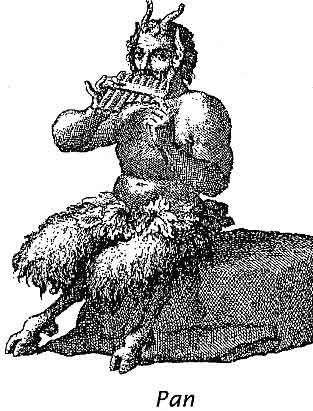














































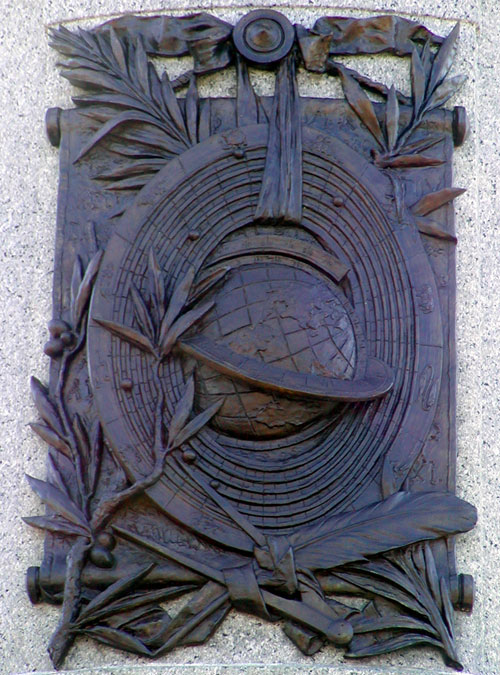







































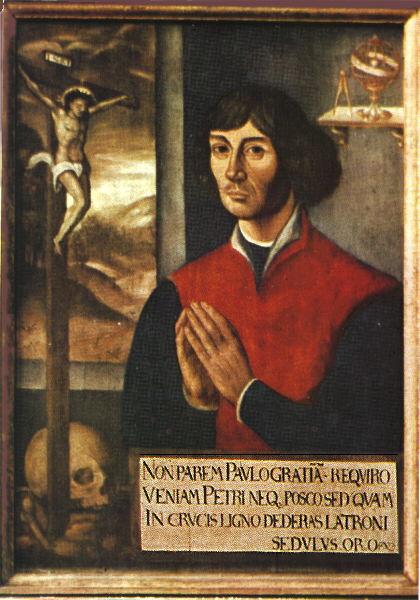















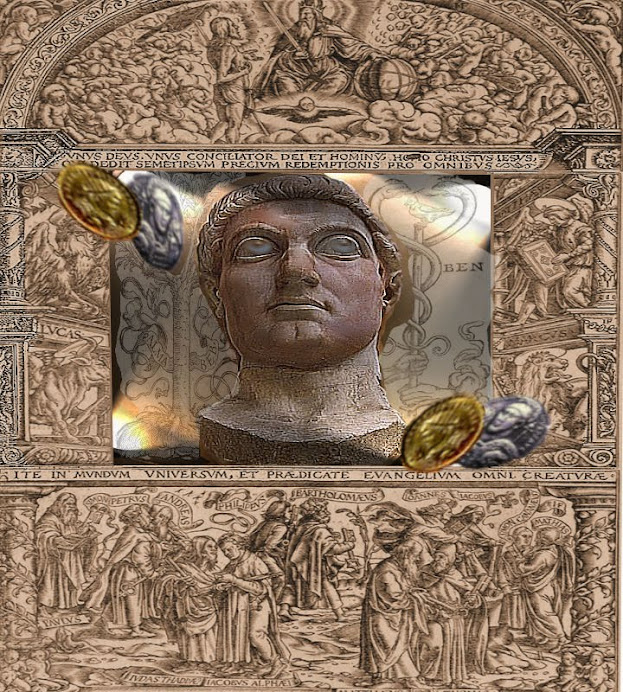



















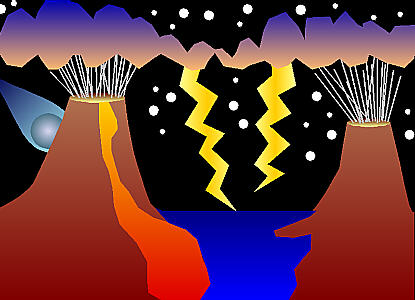


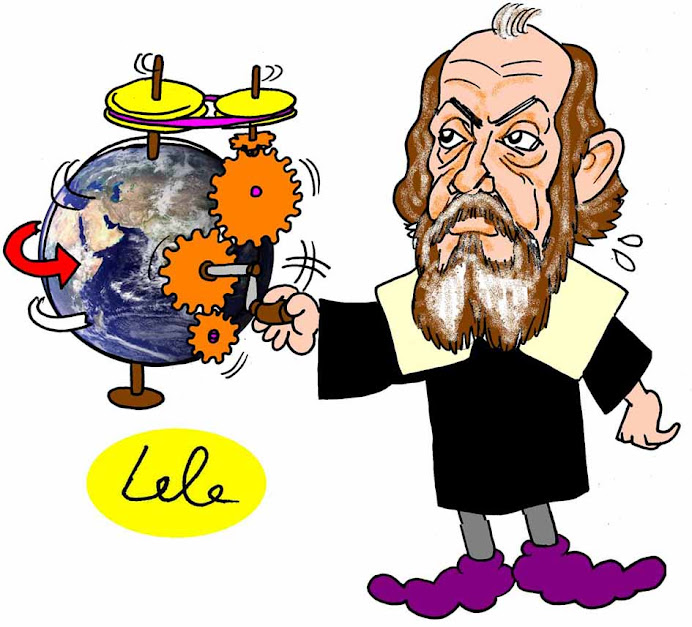













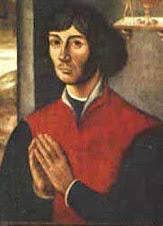.jpg)



















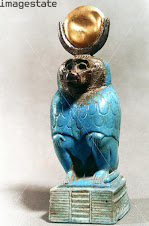








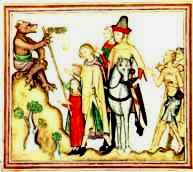

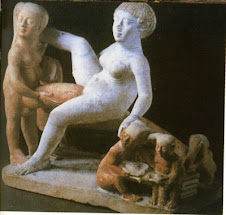











.jpg)






























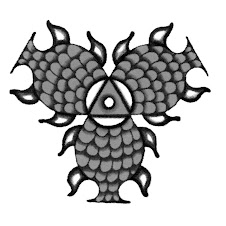











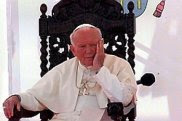















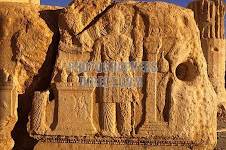
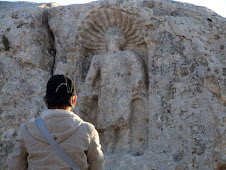






.gif)































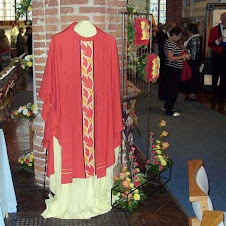


























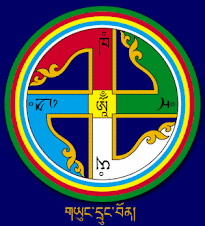























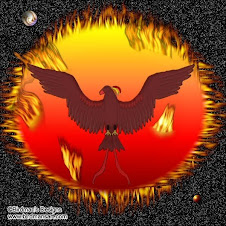

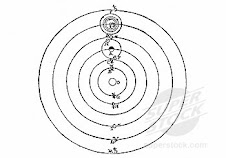

.jpg)













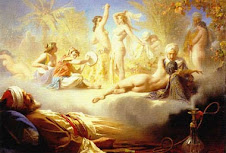
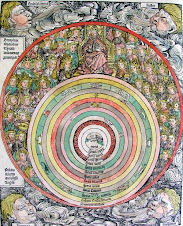












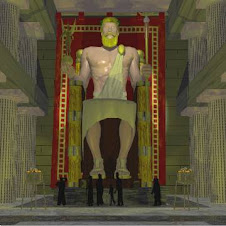


















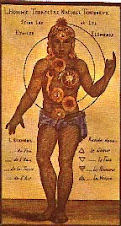
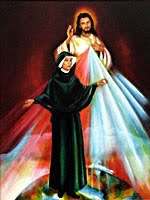
















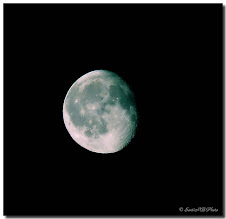




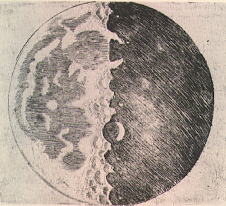




















































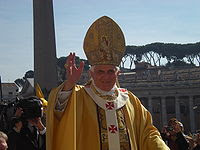

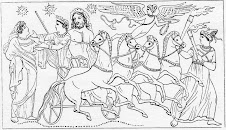








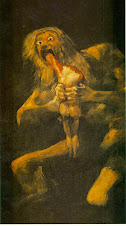




















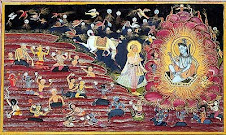

















++of+the+Sun+god..jpg)

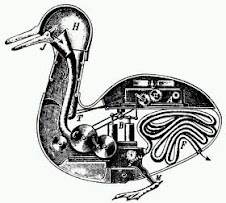








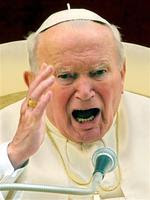


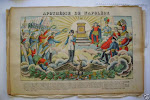



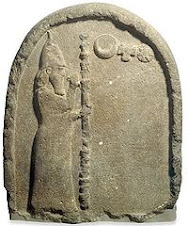





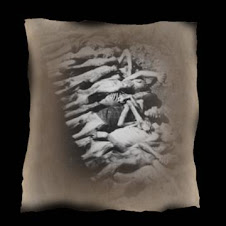





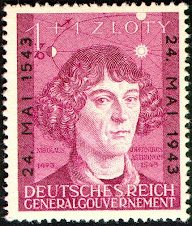








No comments:
Post a Comment